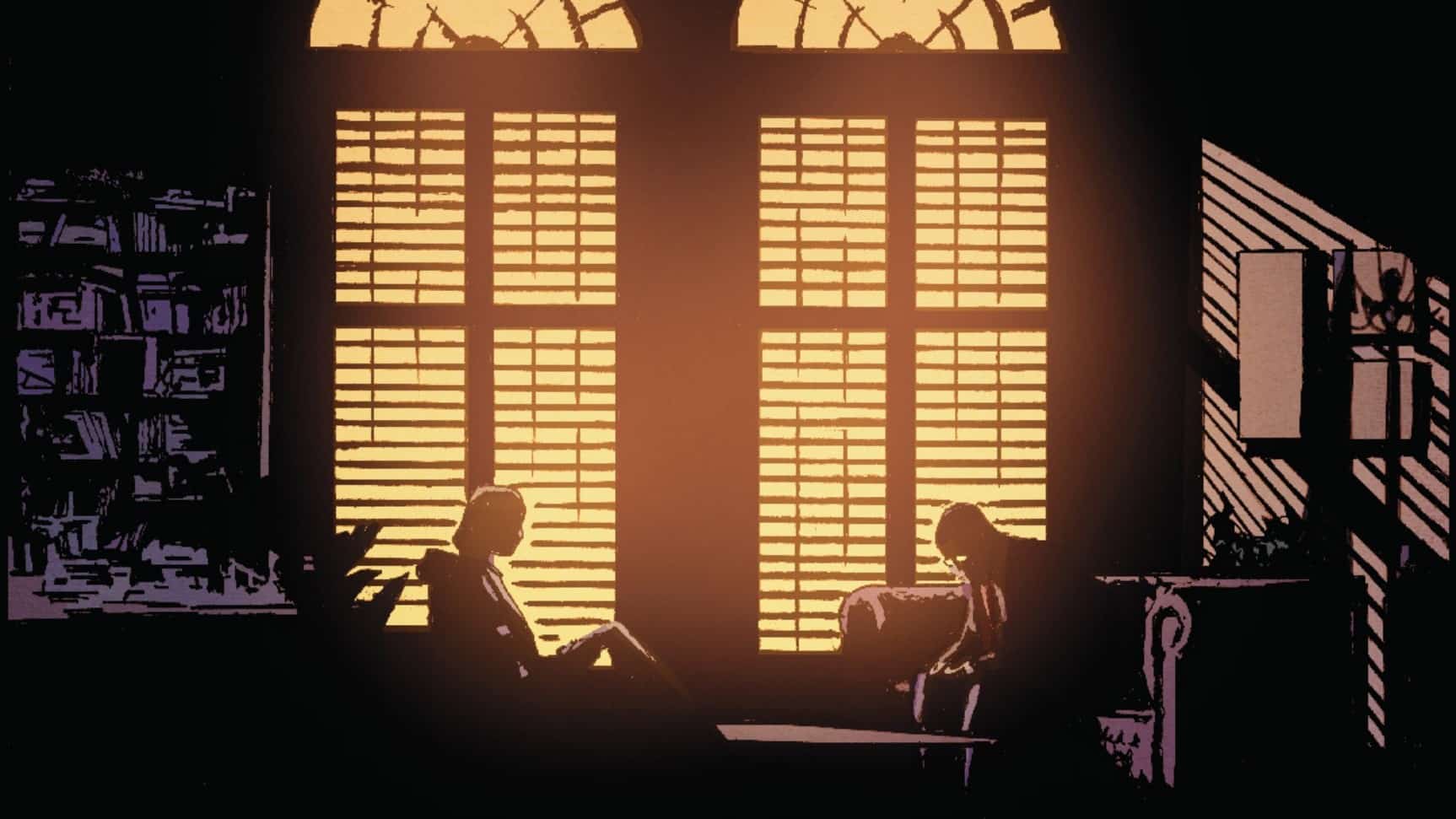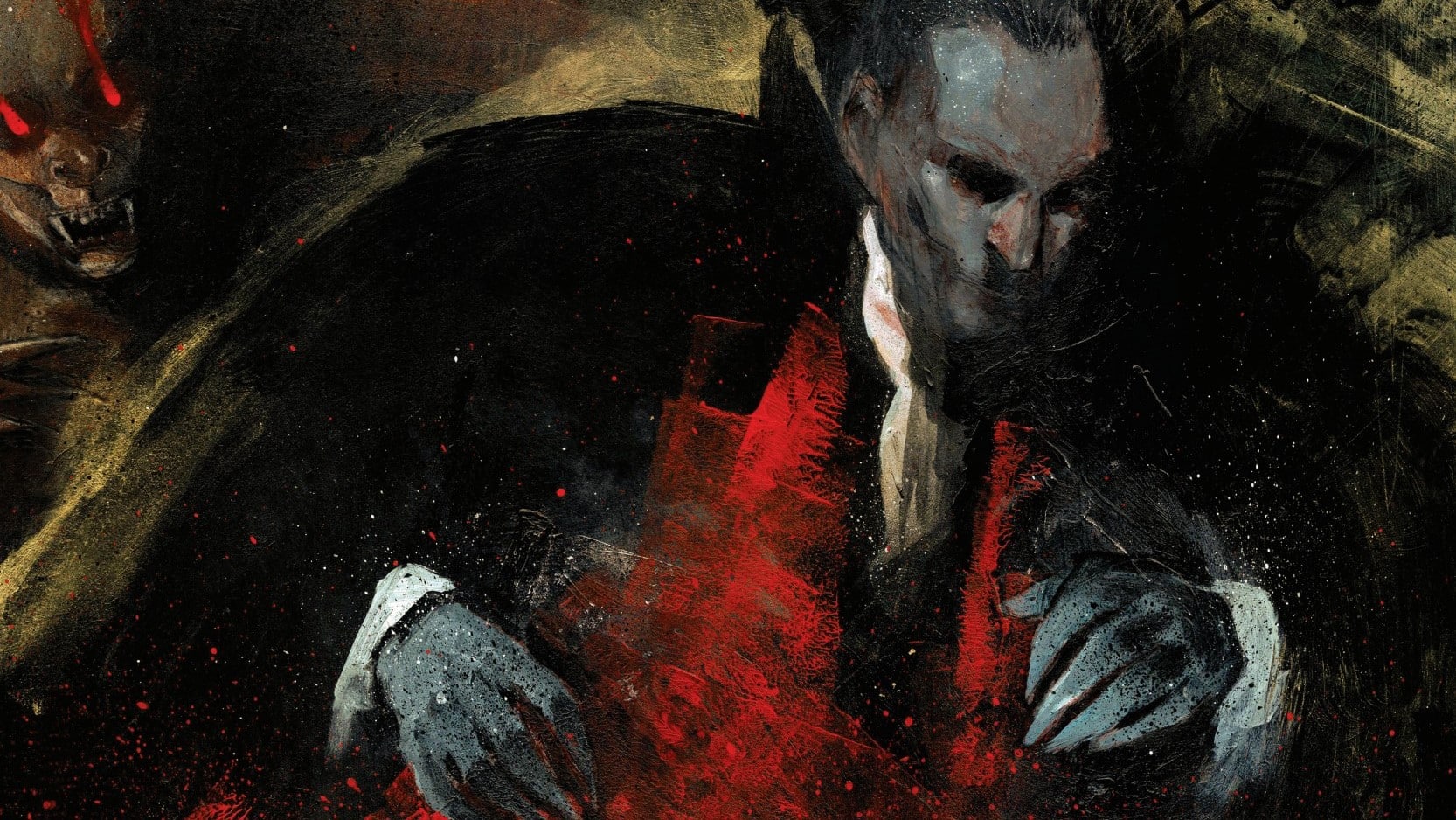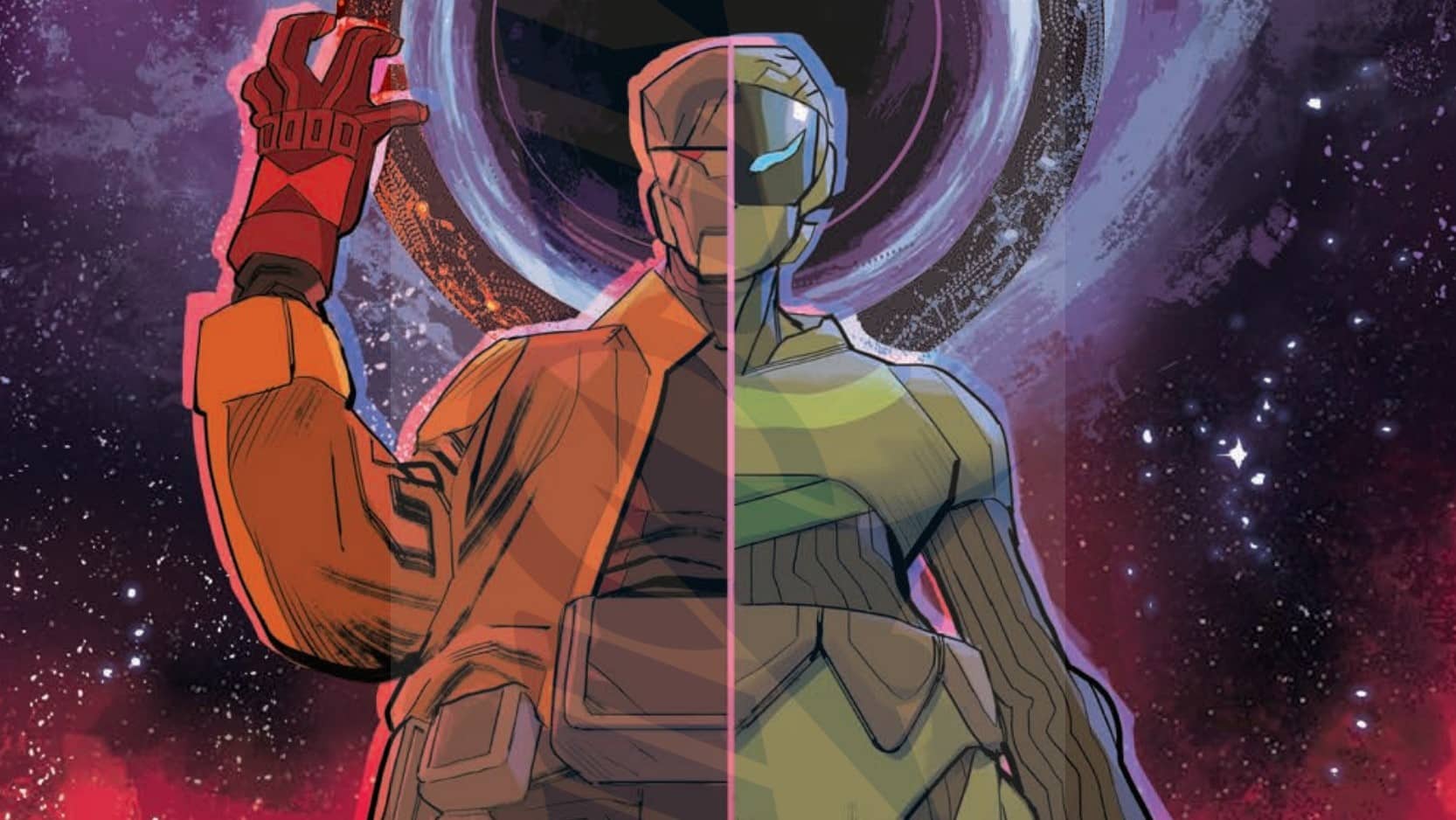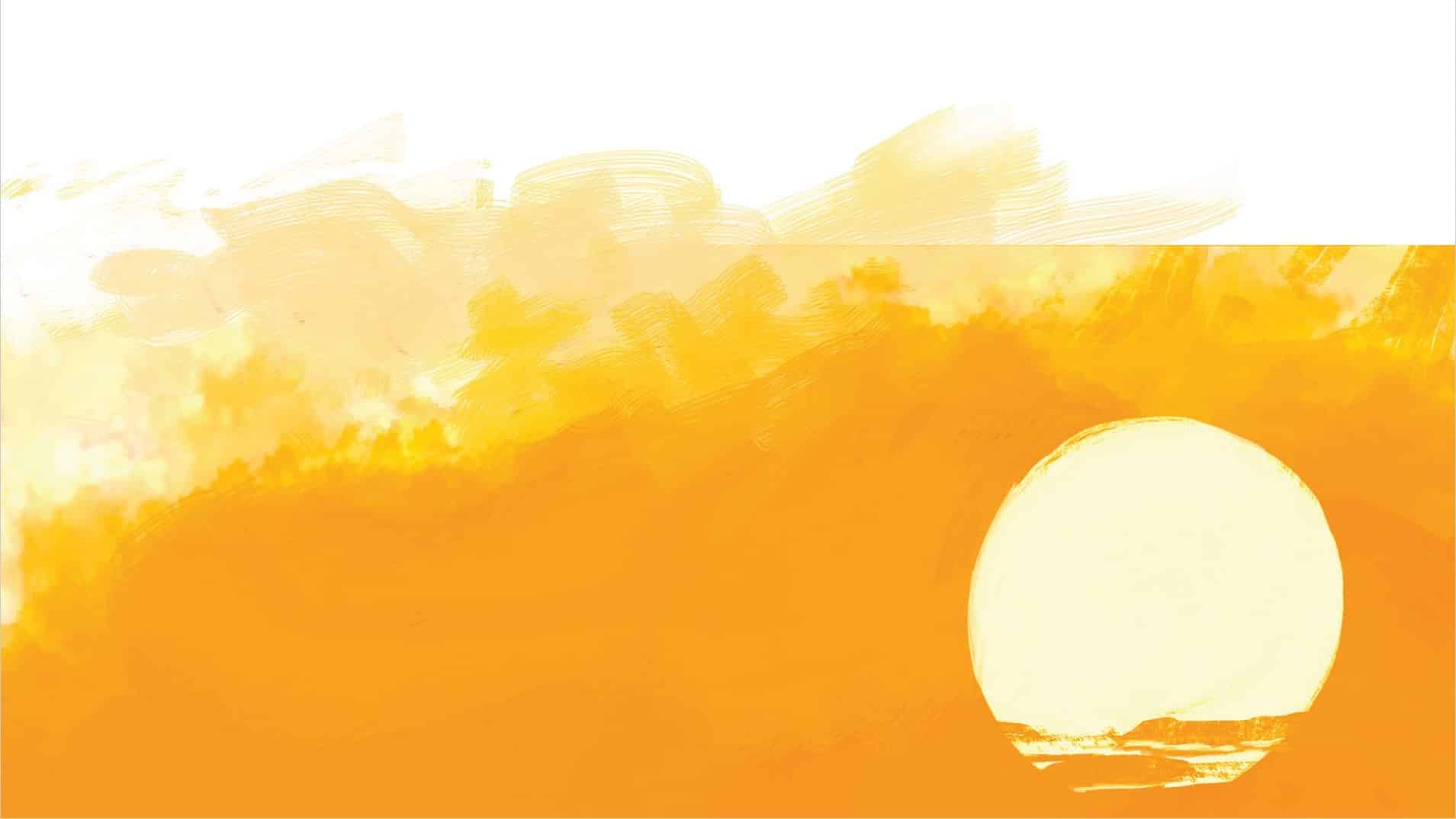The year is 2873, and the One Hand Killer has struck again — and Detective Ari Nassar is postponing retirement to put him behind bars. He’s got a lot of questions to answer. What are the strange ciphers left behind at the scene of every crime? Why are these killings happening? And most importantly, why is this still happening when Ari’s already caught the killer twice before? Answers are waiting to be found in The One Hand #1, written by Ram V, drawn by Laurence Campbell, colored by Lee Louhridge, lettered by Aditya Bidikar and designed by Tom Muller.
This is not a whodunnit.
Sure, Ari Nassar’s main goal here is to discover who has committed this latest murder in the style of the One Hand Killer and put them behind bars. However, and I say this while avoiding spoilers for both The One Hand and its companion series, The Six Fingers, the who of this crime does not matter so much as the why of it — and to a slightly lesser extent, the how.
Something much deeper is going on here, and only someone paying very, very close attention to the details is going to be able to figure out what. Fortunately for the readers who are going to be joining him on that journey of discovery, Ari Nassar is exactly that kind of man. Someone who mires himself in tedium, who will take the longer, more methodical way around, if it means getting his answers. Ari Nassar is a man who cares less about justice or glory than he does about getting to the answers that criminals would dare to hide from him.
With his mind, there are any number of professions he could have chosen, but life chose for him. Ari Nassar appears to be a man who just wants to do the job in front of him. What drives him, what compels him (because, really, is it a proper hard-boiled noir if the protagonist isn’t obsessed in some way or the other?) is doing the job right. With another One Hand Killer out there, and pressing questions left unanswered, Ari’s job is far from done.
But let’s talk about lighting, for a second.

One of my many jobs — in fact, my longest-running one — is working as a lights guy for a Bangalore theater company. I’ve spent about a decade thinking about lighting, and how it affects a story being told — all that to say that the lighting in this comic is masterful. It may be some of colorist Lee Loughridge’s finest work, and it is a powerful part of what sets this book apart — especially when paired with Laurence Campbell’s illustrations.
Campbell’s art tends toward shadows and silhouettes. Much of what you see in this comic will be pure blackness. Cold figures that stand quietly in the light, light that does not illuminate so much as it creates more space for pure blackness. Just as a stage swallows up sound if you don’t know how to fill it, the book’s pages swallow up the somber moods Loughridge saturates the page with. The effect is quietness — a quietness of the mind, of the heart. The shadows and dim lighting ask slowness of you, a lingering gaze, setting the pace of the comic in a way that panel layouts and dialog are usually responsible for. The pages have a dreamlike quality — the feeling of just waking up in a room where lighting is an afterthought spilling faintly in from the world outside, giving you space to dwell on the dwindling thoughts and feelings your dreams have left you with. It’s art that gives you space for reflection, a place for thought, but more importantly, a place that swallows up a mind’s distractions and anxiety, allowing you to switch off everything but the thoughts you want to be dwelling on. It’s a place that allows you to be tired.
In other places in the story, the lighting is more garish, like Ari’s mundane office. The lights of the city are quiet glitters; the city of Neo Novena is alive, but it is old. Bustling, but in the manner of a place that has been doing so for centuries and has settled into a routine. Dirty and imperfect, but settled and dependable, it’s comfortable with what it is. Even its darkest parts, which are only hinted at in this first issue, but they’re there, waiting in the shadows to swallow you up, too.
I imagine that it’s how Ari sees the world around him, and I have always deeply admired a comic that manages to get us into the mind of its protagonist in the way only comics can. The tricks comics pull to draw you into the mood it’s trying to set. Lighting, layouts, shadows, body language, juxtapositions — everyone working on this book knows exactly what they want you to feel as you read it, and they’re very, very good at what they do without hand-holding you through what they’re doing. It’s refreshing, in an industry that tends more toward big, bold, obvious colors and plotlines rather than just letting you soak in the ambience. The bizarre and the shocking is here, in this comic, but it wants you to know that it’s something that’s seeped into this world a long time ago, and is comfortable with the space it’s made for itself. A rot that runs deep and stains the soul of everyone who comes in contact with it — and very possibly something that is embedded too deep to ever fully be scrubbed out.
And the book makes you very, very eager to find out what that rot is.
The other interesting thing about this book is that it’s being published in conjunction with another side of the story, in The Six Fingers (which will be covered here on the site by Sean Dillon). That book tells its own story, deeply woven with this one, but one that despite its revelations deepens the mystery instead of solving it. Its mood is different, though Louhridge’s coloring on that book helps maintain a similar mood across both the books.

The most interesting thing about The One Hand and The Six Fingers isn’t its mystery, however, compelling as it may be. What’s more interesting than the story is the storytelling — the craft involved in this publishing experiment. I would highly recommend reading both books, but I’m also very, very interested in hearing the reactions from people who read one series and not the other, or those who read one after the other. I happened to read The Six Fingers before even knowing it was connected to The One Hand, and the connection between the two was a shock and delight I don’t think I’ve ever experienced before. The teams across both these books are creating a special experience here, and I am excited to settle in and read some more.






